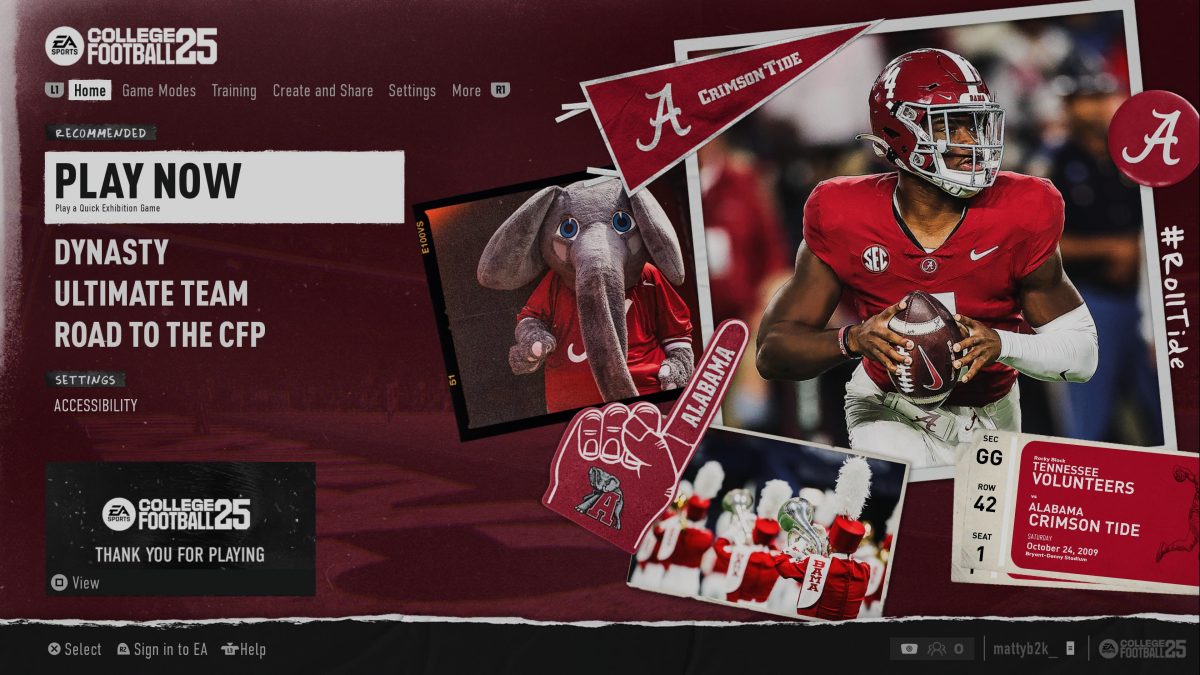“Oppenheimer,” Christopher Nolan’s long-awaited gargantuan biopic, has been met with overwhelming adoration.
With a 94% Tomatometer and a 93% audience score on Rotten Tomatoes — an uncommon agreement between critics and viewers — an 8.7/10 on IMDb, and a 4.4/5 on Letterboxd, the widespread love for the film is clear.
There are many obvious reasons for this, which many moviegoers have pointed out. The direction is superb, the performances are Oscar-worthy all around, the music is hypnotic, and the sound editing is commanding, rocking the viewer to the core.
Yet the reason for the praise goes deeper. J. Robert Oppenheimer is a highly divisive figure, yet this movie based around him unites viewers instead of splitting them. Nolan does this by making genius use of theme. He provides constant food for thought, putting forth imperfect characters who make layered decisions and letting the audience judge them as it will.
The most effective way he does this is through a divide that he brings to life soon after the movie starts and sustains until the credits roll. The divide is not simple to define. One could describe it as the tension between science and politics, but that would be too simplistic.
It would be better to characterize it by the parties that stand on either side. Residing in one camp are the intellectuals of the story, headlined by Oppenheimer, played by Cillian Murphy, and including both the famous and obscure scientists he works with and clashes against.
In the other camp are the public servants and social-political figures, namely Robert Downey Jr.’s Lewis Strauss, the semi-villain, but also including Casey Affleck’s General Boris Pash, the entirety of the Oppenheimer investigation committee, and, briefly, President Harry Truman, played by Gary Oldman.
“Scientists vs. politicians” could be technically accurate, but it would ignore the substance of the divide between these characters, which is largely moral. Neither science nor politics are inherently moral or immoral fields; their representatives in this film, however, constantly grapple with doing right versus wrong and whether such concepts can still be clearly defined.
The scientists are the ones most viewers are likely to see as the protagonists. They are the ones who wield the knowledge and ability to build the potentially devasting atomic bomb that the war demands, yet they are also the most hesitant in its creation and subsequent use.
This becomes evident when the endeavor advances past the stage of pure intellectual curiosity and characters begin to realize the devastating use of their work lurking right around the corner. A resistance group is formed, and from it comes a petition against the bomb that obtains a signature from Benny Safdie’s Edward Teller, who was highly prominent in the device’s creation. When America successfully nukes Japan, many of those with a key part in the A-bomb’s making are bearers of manic guilt and emotional overload amid the wild celebration.
Even Oppenheimer is blindsided by regret when making his victory speech. It’s one of the best-edited and most soul-rattling scenes of the year, cutting out the audio of the crowd and depicting Oppenheimer’s guilt-infused illusions to immerse the audience in his torment.
Juxtaposed with the public figures’ pride over the bombing and their ambition to continue nuclear weapon development, the thinkers look almost pious, as if they were the only moral beings left in a world happily barreling toward self-destruction.
One could draw the line here, distinguishing the lamenting scientists from the evil politicians and in doing so exalting one field while condemning the other. Nolan, however, doesn’t desire such a clean-cut distinction. The divide holds much more nuance.
Take Strauss, for example. He is undoubtedly an antagonistic figure, but this stems from his issues of character. It would be shortsighted to separate his loyalty to the continuation of atomic development from his pride and corruption in the tarnishing of Oppenheimer’s reputation when both are part of his personality. The former is merely subject to skepticism, while the latter is the point on which his turn as a villain hinges.
It’s fitting that the final pushback against Strauss isn’t related to the bomb at all. Rather, he is confronted for his obsessive belief that, in an earlier scene in which Einstein seems set against Strauss after a conversation with Oppenheimer, Einstein’s attitude was caused by something Oppenheimer said.
“Maybe they weren’t talking about you,” proposes Alden Ehrenreich as a senate aide. “Maybe they were talking about something more important.”
Furthermore, take President Truman, who stands at the forefront of the government. He is portrayed as a bit dense, and it seems as if the film is using such dopiness to slander all those in his field.
Then comes most important part of Truman’s brief scene, however, which is his response to Oppenheimer’s claim that he feels like he has “blood on my hands.”
He mockingly hands the scientist a handkerchief and says, “You think anyone in Hiroshima or Nagasaki gives a s— who built the bomb? You didn’t drop the bomb. I did.”
This is perhaps the most crucial part of understanding the true nature of the divide. It isn’t merely science versus politics. It’s intellectual integrity versus diplomatic tunnel vision. Oppenheimer and the scientists are essentially given full freedom of thought, a freedom that allows them to develop nuclear technology while simultaneously wrestling with the general ethics of it. Strauss, Truman and those like them cannot think generally; they must consider their own reputation as well as what is immediately demanded by the circumstances of the world.
In taking this approach to what could very easily be a dry, black-and-white divide, Nolan stays brilliantly aloof. The only real condemnations he makes are of pride, dishonesty and the attempt to suppress intelligent voices with valuable things to say.
This is why “Oppenheimer” is so ubiquitous, why it can garner so much interpretation while still being so universally loved. In an immensely gratifying act of trust in his viewers, Nolan takes care of the simple “lying bad, government corrupt” and leaves to the audience what really matters: Was Oppenheimer right? Wrong? Is he a hero deserving honor or a misled genius who set into motion the end of the world?
In the final minutes of the film, Emily Blunt’s Kitty Oppenheimer, crushed by the result of her husband’s hearing, asks, “You think because you let them tar and feather you that the world will forgive you?”
His response: “We’ll see.”













